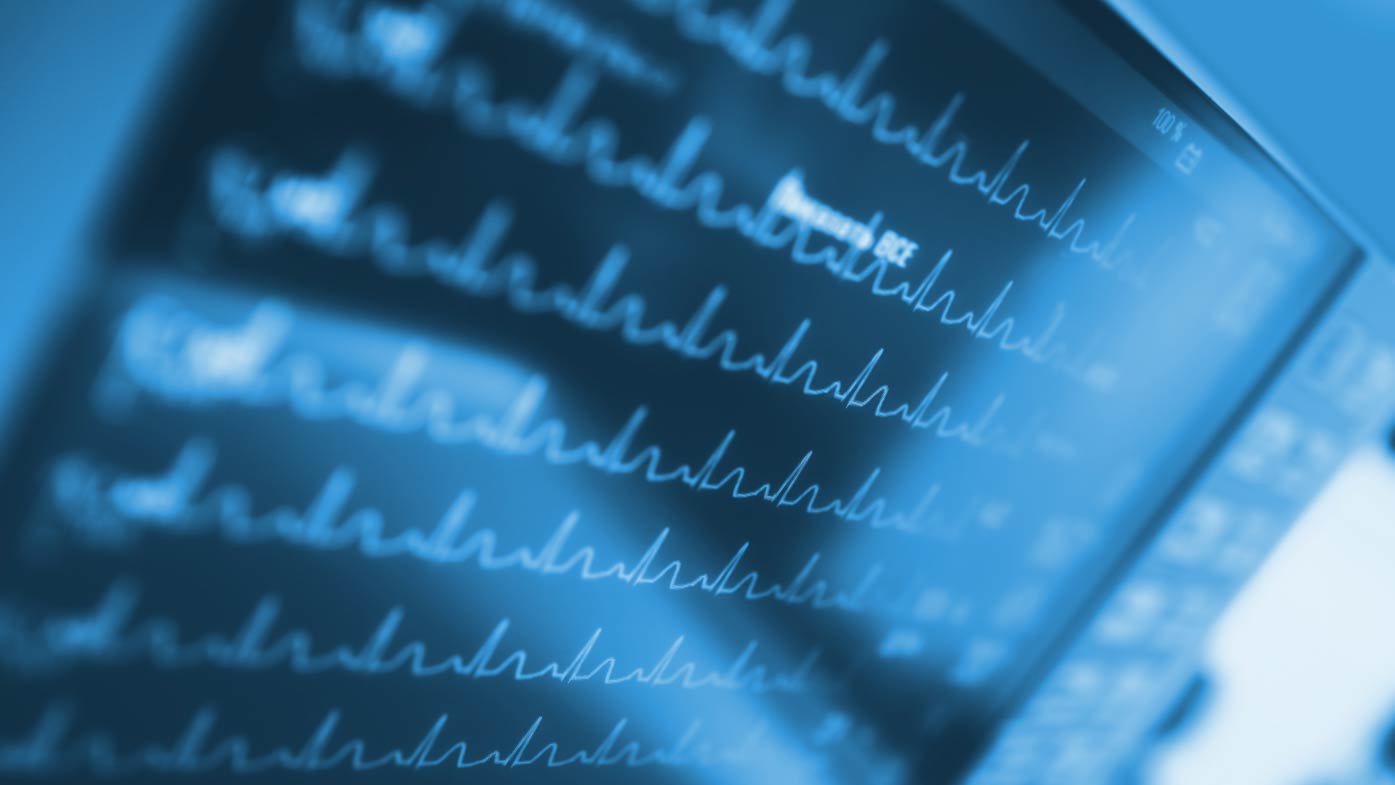Why are so many patients undiagnosed?
For many patients, the path to an HCM diagnosis can be long and often confusing. HCM is a diverse disease and can be a diagnostic challenge for doctors because the disease presentation varies across patients, and the symptoms are sometimes nonspecific, with gradual onset.
Generally, common symptoms may include shortness of breath, tiredness, chest pain, rapid heartbeat and dizziness. Patients may also be asymptomatic or may have mild symptoms that are identified unintentionally.
“HCM is a progressive heart disease,” said Dr. Chen. “In some cases, when HCM symptoms do appear, they may be difficult for doctors to recognize because they can be similar to other health conditions such as exercise-induced asthma, hypertensive heart disease, anxiety, or other cardiac-related conditions, which makes education and awareness even more important.”
Dr. Chen added, “For more than 60 years, Bristol Myers Squibb has been a trailblazer in cardiovascular disease, bringing new and transformative therapies forward for patients. We’re committed to increasing awareness of HCM and providing support, education, and resources for patients and families.”
* CARDIA study (published in 1995) is a multicenter, U.S.-population-based echocardiography study of 4,111 subjects (aged 23-35), identified the prevalence of HCM as 1:500 people in the general population. The 2015 Semsarian publication identified that the prevalence of HCM-gene carriers could be as high as 1:200.
^ Based on a 2013 ICD-9 claims database analysis (N = 169,089,614) that estimated/concluded: 1. ~ 600,000 patients with undiagnosed HCM (based on analysis’ assumption that 1 in 500 prevalence represents clinically unrecognized cases), 2. ~100,000 patients with diagnosed HCM (based on 2013 U.S. Census population and the ratio of 59,009 patients with a claim for HCM over the total N, stratified by age/gender), and 3. ~700,000 overall U.S. prevalence of HCM.



